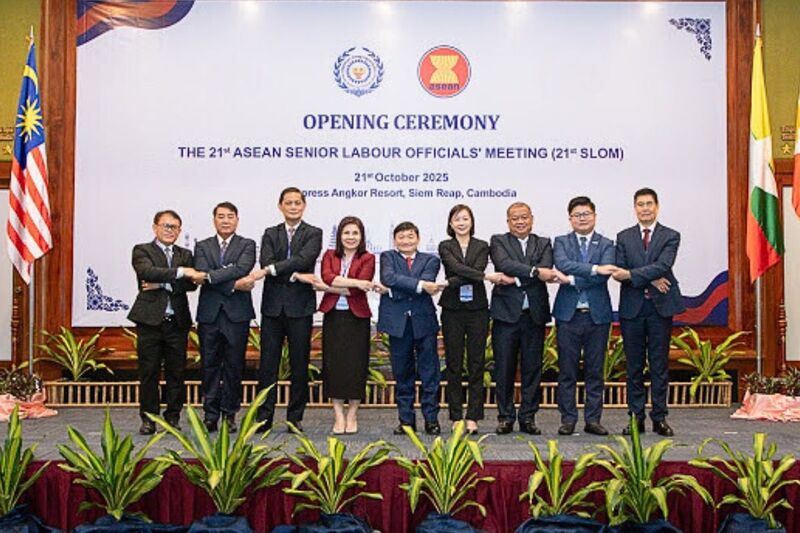Quiet Quitting
Just when the Great Resignation is still catching many companies by surprise, another wave sweeps over the market. This trend is termed “quiet quitting”—although there’s nothing quiet about the way young professionals are advocating for it.
Quiet quitting
Quiet quitting is not about quitting your job, but rather “quitting the idea of going above and beyond”. Popularised by a viral TikTok, quiet quitting is essentially a loud call for a life beyond work.
It’s an outright rejection of the hustle culture mentality, where overworking to the point of burnout is glorified. The movement has since gained momentum with Channel News Asia, The Wall Street Journal and the New York Times covering its rise.
Now before we lambast quiet quitters for being “lazy” and “slack”, we should delve into the underlying reasons for this growing trend. Why are so many employees—ranging from teachers to software developers—embracing quiet quitting?
Lack of engagement at work
The root cause of quiet quitting is a lack of engagement at work. The State of the Global Workplace: 2022 Report states that only 24% of Southeast Asian employees are actively engaged at work.
The remaining three-quarters of the Southeast Asian workforce are psychologically unattached to their work and company. Devoid of energy and genuine passion, they merely clock in the hours. They do their duties but are unenthusiastic about their work and workplace.|
In short, they’re passive and disengaged. “I stopped caring about my job” is their chorus. How can companies reach out effectively to these quiet quitters? Here are a few ways to re-engage employees—and help them find fulfilment and purpose at work again.
Set clear work expectations
In this new era of remote work, the lines between work and personal life have been increasingly blurred. Without the concrete cues of colleagues around them leaving their desks, some employees find it difficult to switch off at the end of the work day. Their inability to switch off leads to heightened levels of psychological stress. No winding down or taking a breather—they’re “always on”.
Many of the quiet quitters could have disengaged from work as a result of burnout. Their initial enthusiasm dampened from numerous late nights and weekends spent hunched over their work laptops, they settle for the bare minimum.
The onus is on the managers to set and align expectations with their employees. During his speech at the Wharton Future of Work Conference, Microsoft CEO Satya Nadella emphasised the importance for managers to set clear norms so that the staff do not feel pressured to respond to work emails outside working hours. By taking this initiative to align expectations, managers allay the employees’ concerns. They also show that they value the wellbeing of their staff.
Thus, openly address the “always on” culture whereby employees feel the need to respond as quickly as possible—at midnight or on a Sunday—just to prove their loyalty. Even better, make it an integral part of company policy to refrain from sending work emails after a certain cut-off time (e.g. 9pm) on weekdays.
Express gratitude and appreciation
One key factor which the Gallup Q12 Employee Engagement questionnaire measures is recognition. It is reflected in several questions such as questions 4 and 5. For instance, Question 4 reads: “In the last seven days, have you received recognition or praise for doing good work?”
This signifies that receiving recognition is essential to keeping employees engaged—and overall staff morale high. What this also signifies is that employees who do not often receive recognition for their work may become increasingly demotivated.
Therefore, it is essential to cultivate a workplace culture of appreciation and gratitude. Managers must lead the way and set a positive tone for the company. Small acts of appreciation—whether it be a thank-you email or a round of applause during staff meetings—go a long way in motivating employees.
Expressing genuine gratitude creates a cycle of positivity which will greatly boost workplace happiness. Unsurprisingly, it also increases work productivity.
Some managers may think: “No need for thanks if they’re just doing their job. I’ll only thank them if they go above and beyond.” Yet this mindset is counter-productive. It is shown that if employees are regularly praised for the duties they perform well, they are more willing to go the extra mile and take on new responsibilities.
Connect work to a purpose beyond themselves
Work is not just about the paycheck. Dubbed the “purpose generation”, millennials are increasingly seeking a sense of purpose in their careers. Furthermore, a survey featured in the Deloitte’s Talent 2020 Report identified meaningful work as one of the top three engagement drivers. Employees want to feel that they are more than cogs in a machine, that they are truly making a dent in the world.
Hence, good leadership is vital in enabling employees to understand why their roles matter. Managers can show employees how their day-to-day tasks serve to uphold the company’s mission—and may even have a far-reaching impact on the broader society. Also, managers can invite employees to be a catalyst for change wherever they’re placed. No one is ever too small to make a difference!






